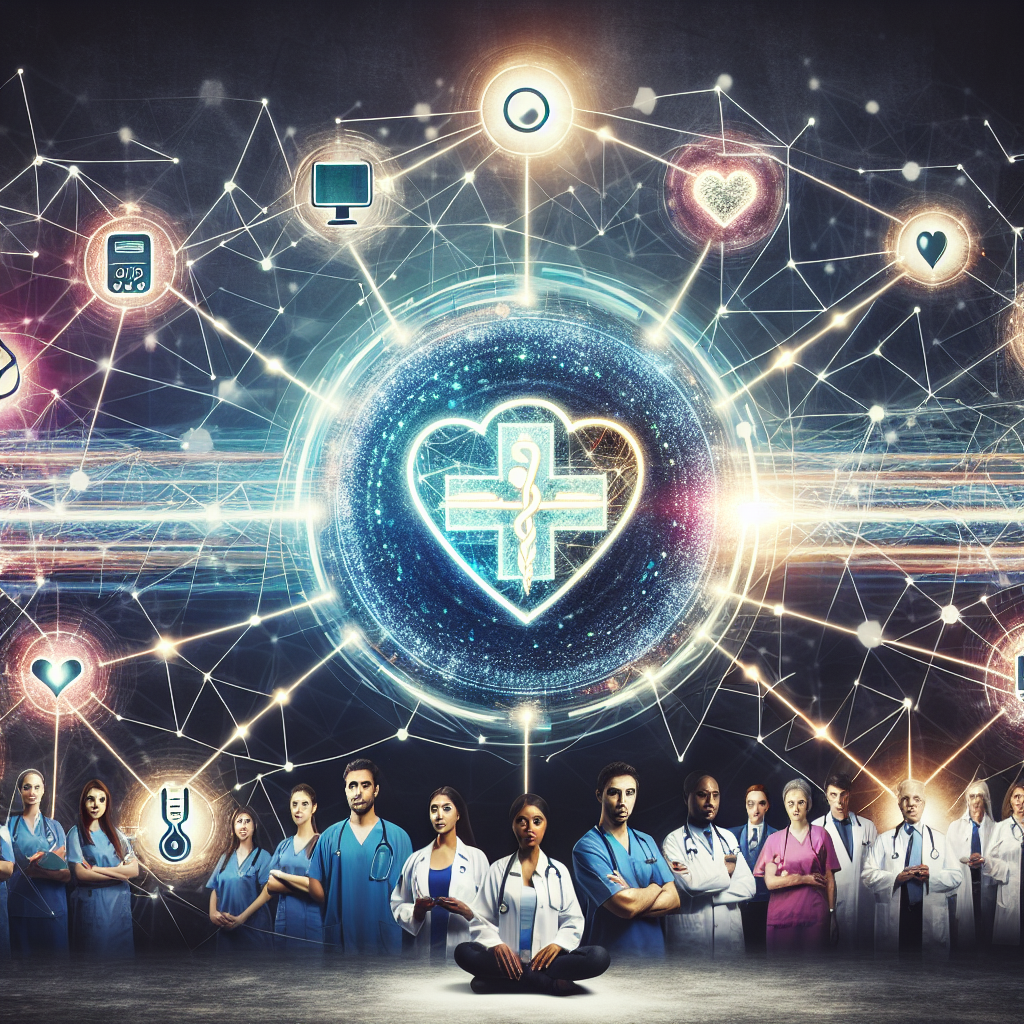The Rise of Remote Monitoring in Healthcare: Improving Patient Outcomes and Streamlining Operations
Advancements in technology have revolutionized healthcare in recent years, and one of the most significant developments has been the rise of remote monitoring. This innovative approach to healthcare allows healthcare providers to keep track of patients’ health status and vital signs from a distance, providing real-time data and insights that can lead to better patient outcomes and more efficient operations.
Remote monitoring has become increasingly popular in recent years, especially in light of the COVID-19 pandemic, which has highlighted the importance of minimizing in-person interactions to reduce the spread of the virus. With remote monitoring, patients can receive the care they need without having to leave their homes, reducing the risk of exposure to infectious diseases.
One of the key benefits of remote monitoring is its ability to improve patient outcomes. By continuously monitoring patients’ vital signs and health status, healthcare providers can detect any changes or abnormalities early on, allowing for timely intervention and treatment. This proactive approach to healthcare can prevent complications and hospitalizations, leading to better overall health outcomes for patients.
Remote monitoring also helps to streamline operations for healthcare providers. By automatically collecting and analyzing patient data, healthcare providers can more efficiently manage patient care, prioritize high-risk patients, and allocate resources effectively. This not only improves the quality of care but also reduces costs and enhances operational efficiency.
Furthermore, remote monitoring can improve patient engagement and satisfaction. Patients can have greater control over their health by actively participating in their care and monitoring their own progress. This can lead to better adherence to treatment plans and improved health outcomes.
As remote monitoring continues to gain traction in the healthcare industry, it is essential for healthcare providers to invest in the necessary technology and infrastructure to support this innovative approach to care. This includes implementing secure and user-friendly remote monitoring platforms, training staff on how to use these tools effectively, and ensuring compliance with data privacy regulations.
In conclusion, the rise of remote monitoring in healthcare represents a significant step forward in improving patient outcomes and streamlining operations. By harnessing the power of technology to monitor patients remotely, healthcare providers can deliver more personalized and efficient care, ultimately leading to better health outcomes for patients. As the healthcare industry continues to evolve, remote monitoring will undoubtedly play a crucial role in shaping the future of healthcare delivery.

Leave a Reply
You must be logged in to post a comment.